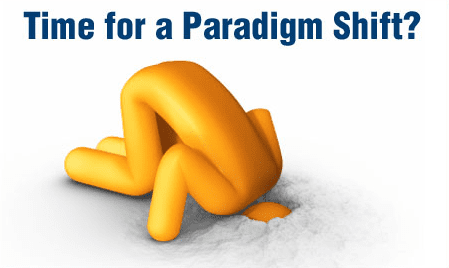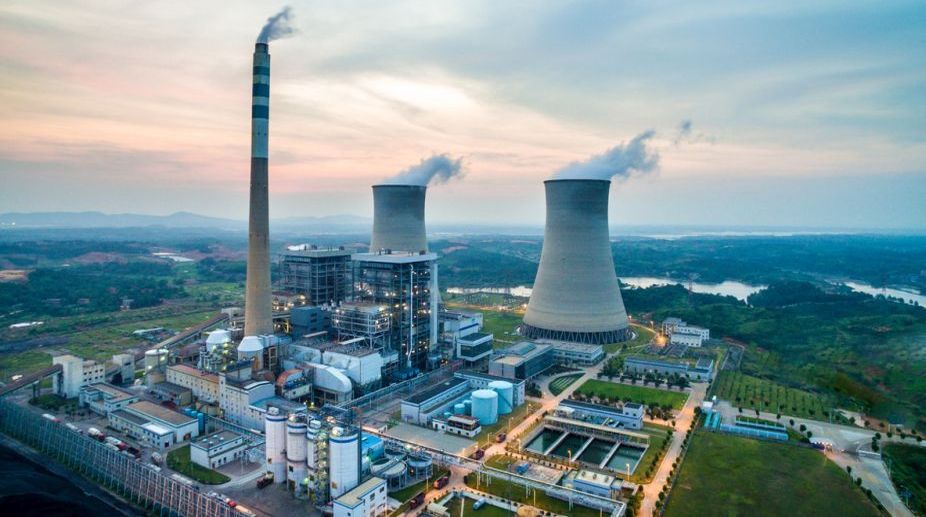

That share had jumped to 55 percent by 2009. In 2004 the share of renewable power capacity newly connected to the US grid was a negligible 2 percent. And in fact, the technology of splitting the atom to generate electricity was losing out against renewable energy sources, long before Fukushima happened. While China has invested the equivalent of about $10 billion per year into nuclear power in recent years, in 2010 it spent twice as much on wind energy alone and some $54.5 billion on all renewables combined.īut by the end of 2010 the installed capacity in the world of just four renewable energy technologies - wind, solar, biomass, and small hydro-power (i.e., excluding large dams) - exceeded installed nuclear capacity for the first time. Even there, though, nuclear is fading as an energy option. The only new projects underway in Europe are heavily over budget and much delayed.Īs Time magazine rightly stated in March, "Nuclear power is expanding only in places where taxpayers and ratepayers can be compelled to foot the bill." China is building 27 - or more than 40 percent - of the 65 units officially under construction around the world. In the European Union the historic peak was reached as early as 1988 with 177 reactors, of which only 134 are left. The historic maximum of reactors operating worldwide was achieved in 2002 with 444 units. As we have shown in the World Nuclear Industry Status Report 2010-2011, however, most of the high-flying nuclear plans never materialized. The international nuclear lobby has pursued a 10-year-long, massive propaganda strategy aimed at convincing decision-makers that atomic technology has a bright future as a low-carbon energy option.

In fact, 3/11 only accelerated a pre-existing, global, downward trend in the nuclear industry. Reactions in Finland, France, Italy, the US, and elsewhere got little attention. Some cases - the spectacular nuclear phase-out decisions in Germany and Switzerland, for example - made headlines. Public opinion and financial institutions are pushing politicians and industry leaders in most other countries with nuclear industries or ambitions to fundamentally review energy planning. In the meantime, as Japanese leaders flounder, it remains unclear when or if off-line nuclear plants will be restarted or what the country's future energy policy will be. Radiation levels will take a human generation to decay by half. Cesium-137 - which represents about three quarters of the radiological impact of the Chernobyl catastrophe and is likely to dominate Fukushima fallout - has a half-life of 30 years. Six months after 3/11, public authorities seem to be far from realizing that this problem will not go away for decades. In post-Chernobyl Ukraine, this contamination level corresponds to a zone of "obligatory resettlement." And yet, this value is far from the maximum levels identified far outside the Fukushima evacuation zone, which can reach several million Becquerel of cesium and iodine per square meter. A French independent radioactivity-measuring lab announced recently that it identified up to 700,000 becquerel of cesium per square meter on grass in a primary school in Fukushima City, over 60 kilometers from the Daiichi plant. Farmers had to kill their cattle and destroy their harvests. Evacuated families had to leave their pets starving and don't know if they ever can go back to their homes. Families and farmers in the region remain desperate. Indeed, six months after the beginning of the crisis, the technical situation at the Fukushima Daiichi plant is everything but stable.

Still, the relevant public and industry authorities have been far from up to that challenge.
#A NUCLEAR PARADIGM SHIFT FULL#
The complexity of the situation and the unprecedented nature of the problems involved created a daunting challenge, the full proportions of which are still unknown. But it is unlikely that industry and political leaders in other countries would have done better. Many of the post-3/11 mishaps, cover-ups, and wrong-headed decisions that Japanese officials have participated in might seem difficult to understand outside the country.


 0 kommentar(er)
0 kommentar(er)
